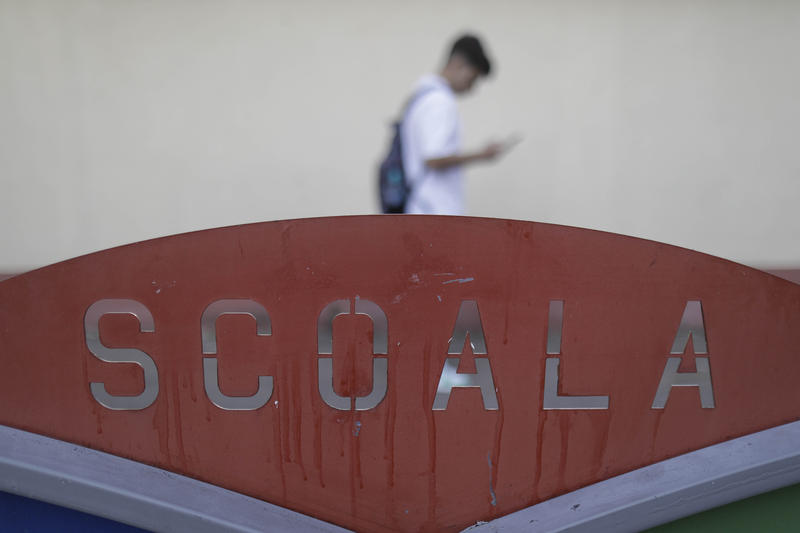ARIZONA – There are hundreds of dates etched into the steel and concrete columns along the frontera U.S. agreement with Mexico, a record of when the Border Patrol has repaired illegal breaks in the barrier. However, each time a break is repaired, in a short time another column is cut, burned or hammered to allow the passage of large groups of migrants, usually out of sight of agents.
The breaks stretch for 30 miles (48 kilometers) along a flat road west of Lukeville, a town in the middle of the Arizona desert that has nothing more than an official border crossing, a restaurant and a store. The dates of the repairs mostly date back to the spring of this year, when the cactus-dotted region became the busiest spot for illegal crossings.
Frustration with the government
The sharp increase has compounded frustration with the immigration policies of President Joe Biden’s administration and intensified pressure on the Congress to reach agreement on the rules for applying asylumso much so that the White House and some Democrats in Congress are considering significant limits on the asylum process, as part of a deal that includes an aid package for Ukraine.
As Homeland Security Secretary Alejandro Mayorkas emerged from closed-door talks with legislative leaders on Friday, dozens of migrants from Senegal, Guinea and Mexico walked along the border wall built in Arizona during Donald Trump’s presidency, with the intention to surrender to the agents. A Mexican woman was walking quickly with her two daughters and five of her grandchildren, between 2 and 7 years old, after being left there by a bus and receiving instructions from guides.
“They told us where to go, to go straight,” said Alicia Santay, from Guatemala, who waited in a Border Patrol tent in Lukeville for initial processing. Santay, 22, and her 16-year-old sister were hoping to go to New York, where her father lives.
Dates where breaks in the barrier were repaired are often side by side, written in white on the rusted steel. In one column there were five dates between April 12 and October 3. On Friday, agents walked through the barrier looking for holes and found one in a column that had already been repaired twice: once on October 31 and the other on December 5.
Smugglers cut a few centimeters from the bottom of each 9-meter (30-foot) pole in an act that agents say can take just half an hour. The columns then wobble, creating space for large groups of people to pass through. In some places authorities have welded metal bars horizontally to prevent movement of the columns, but there are many other places that can be sawed.
Agents say it could take up to an hour to drive from Lukeville to spot each gap, a significant amount of time when there are so many migrants to process.
Source: With information from AP



